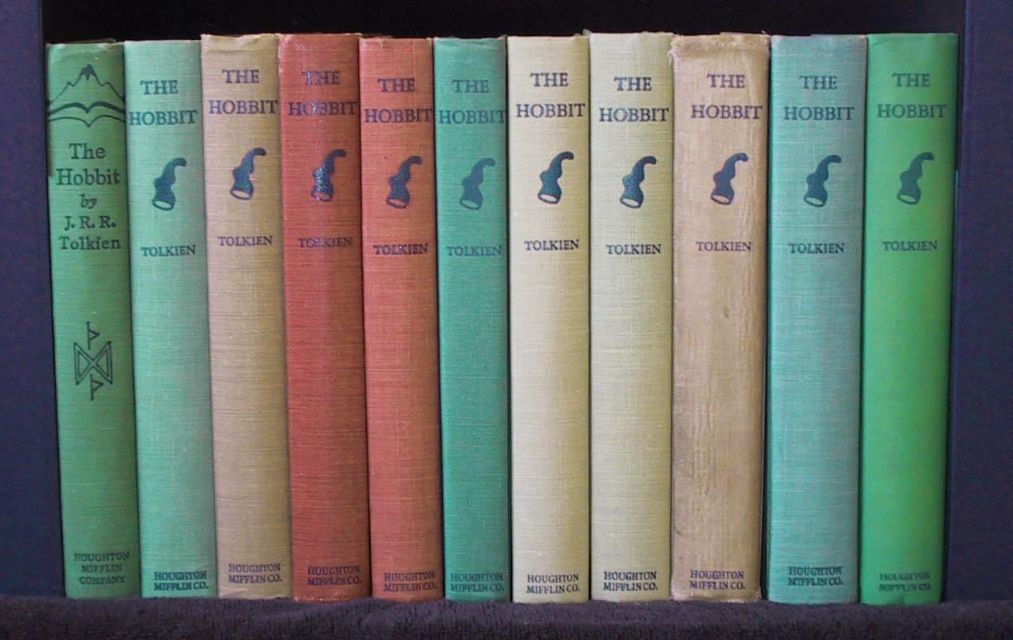An Accursed Hoard
The dragon Fafnir coils around the stone. His head rears up, ready for Sigurd’s approach. His body, of which we see the tail end here, looks more like a pattern of knots, closer to Celtic sailor knots than to a biologically logical body.
Fafnir wasn’t always a dragon. Once upon a time, he was a man. A man with a father, Hreidmar, and two brothers, Regin and Otr – yet he and Regin killed the third brother, and Fafnir killed his father. Consumed by greed, he took the treasure from his father and hoarded it. This greed transformed him into a dragon. It was an accursed hoard.
Within Tolkien’s fiction, we find this motif of the cursed hoard as well – The Hobbit may spring to mind – and we will get to The Hobbit soon – yet there is another, lesser known work of Tolkien that revolves around this motif. Namely, his poem, The Hoard.
See below a short passage:
There was an old dragon under grey stone; his red eyes blinked as he lay alone. His joy was dead and his youth spent, he was knobbed and wrinkled, and his limbs bent in the long years to his gold chained (ll. 33-37)
This poem, first published in The Adventures of Tom Bombadil (1962)
As mentioned, the cursed hoard motif can also be seen in The Hobbit, a narrative about an expedition undertaken to reclaim treasure from the dragon Smaug. Here we have Thorin Oakenshield who becomes enamoured with the treasure, greed overtaking him. He doesn’t want to share the treasure with others, “is obsessively determined to give nothing to Bard or elves or Lakemen”.
Yet when he dies, he tells the hobbit Bilbo Baggins: “If more of us valued food and cheer and song above hoarded gold, it would be a merrier world. But sad or merry, I must leave it now. Farewell!”
Thorin Oakenshield realised the full extent of the curse of the treasure – only perhaps too late… A lesson to all who read The Hobbit, The Hoard – or the Volsunga saga.
Fun fact: Fafnir’s hoard contains a cursed ring – which might remind you of Tolkien’s Lord of the Rings trilogy.
